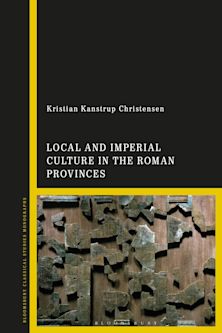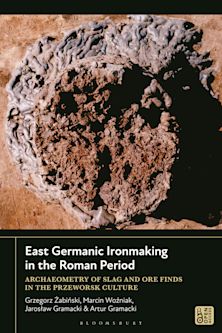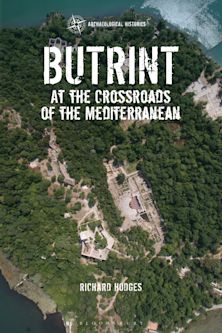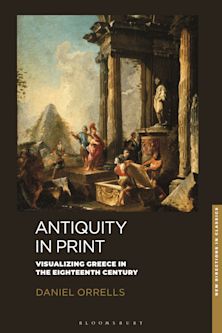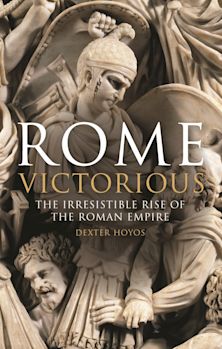- Home
- ACADEMIC
- Archaeology
- Classical Archaeology
- The Roman Countryside
The Roman Countryside
This product is usually dispatched within 3 days
- Delivery and returns info
-
Free US delivery on orders $35 or over
You must sign in to add this item to your wishlist. Please sign in or create an account
Description
In this work, Stephen Dyson provides a new synthesis, describing current research on the Roman countryside within a topological rather than a geographical or historical framework. He first examines the Roman villa, looking at changing interpretations of the villa and the ways they have been shaped both by new information and evolving interpretative models, relating the survey-settlement evidence to larger questions of landscape use and landscape transformation during the Roman period. Focusing on areas where some of the most innovative rural research has been conducted - Italy, North Africa, Spain and France - he discusses what happened in rural areas in the period of transition between the end of Antiquity and the emergence of medieval society, showing that the period of transition was much longer than previously thought and that there was tremendous variation not only between one part of the Empire and another, but between micro-regions within a single province.
Table of Contents
1. the Roman Villa and the Roman Countryside
2. Expanding the Vision: Survey and a New View of the Roman Countryside
3. Aerial Photography Landscape Archaeology and a Macrovision of the Roman Countryside
4. Resistance and Continuity: an Indigenous Perspective on the Roman Countryside
5. the End of the Roman Countryside
Conclusion: Towards a New Vision of the Roman Countryside
Maps
Bibliography
Index
Product details
| Published | Aug 21 2003 |
|---|---|
| Format | Paperback |
| Edition | 1st |
| Extent | 160 |
| ISBN | 9780715632253 |
| Imprint | Bristol Classical Press |
| Dimensions | 0 x 0 inches |
| Series | Debates in Archaeology |
| Publisher | Bloomsbury Publishing |
About the contributors
Reviews
-
Dyson's study brings together discrete fields of the investigation which have influenced our understandings of aspects of the Roman world . . .
New England Classical Journal
-
Dyson provides a concise description of current research and evaluates discussions on the Roman countryside from a topological rather than a geographical or historical framework. Coverage includes changing interpretations of the Roman villa and the ways they have been shaped by new information and new models; survey archaeology as a tool for rural settlement reconstruction; landscape use and transformation; and active and passive resistance to Roman hegemony in the Roman provinces.
Reference & Research Book News











